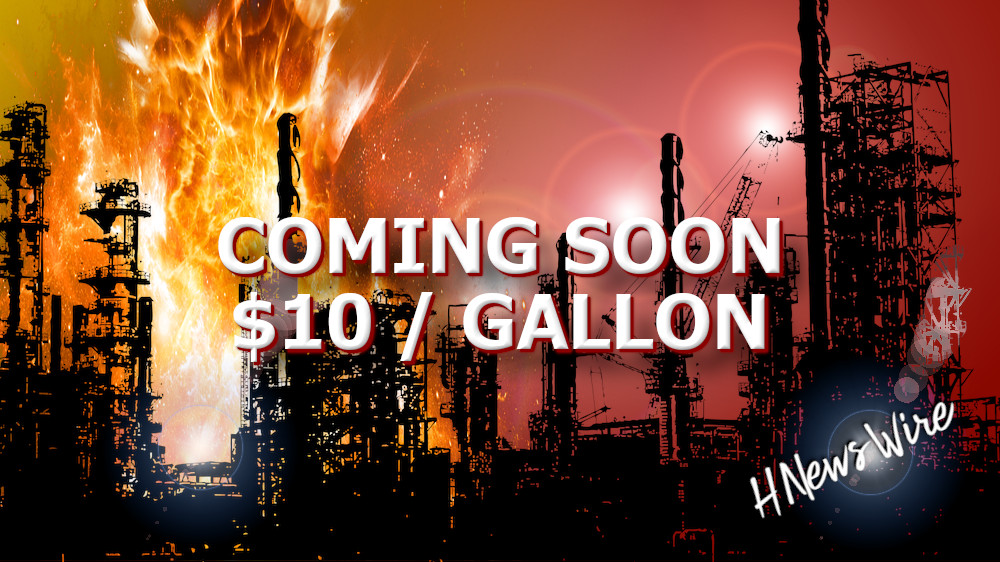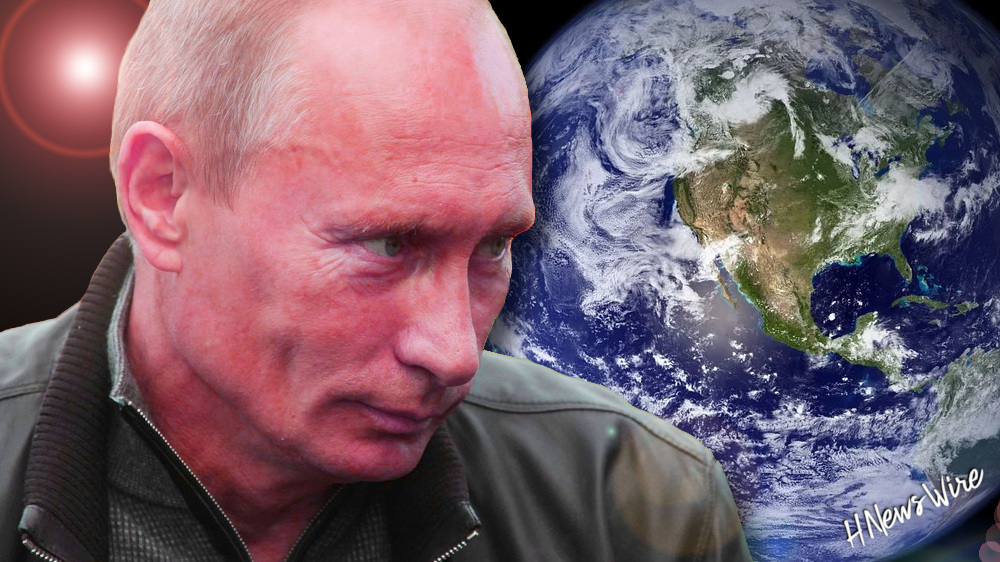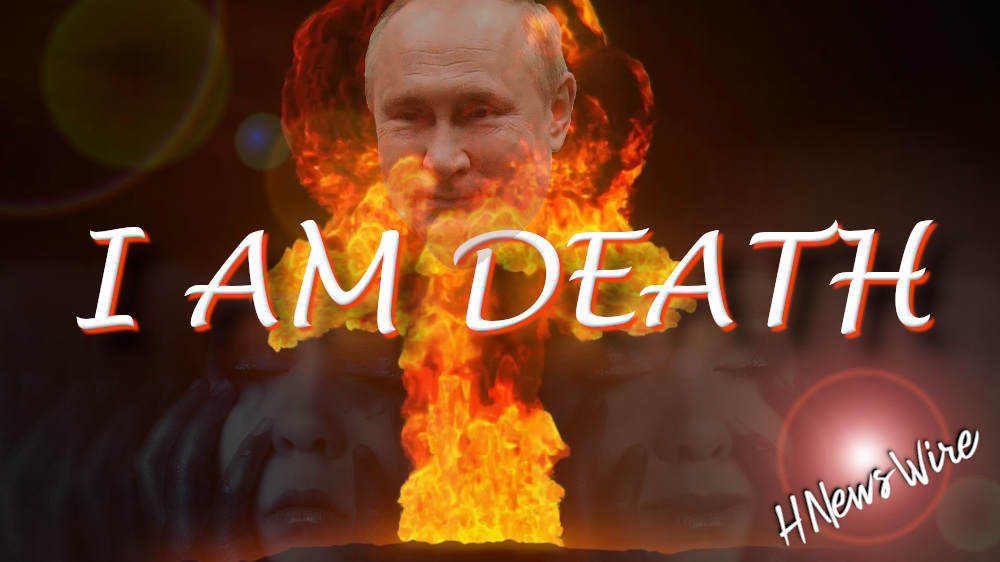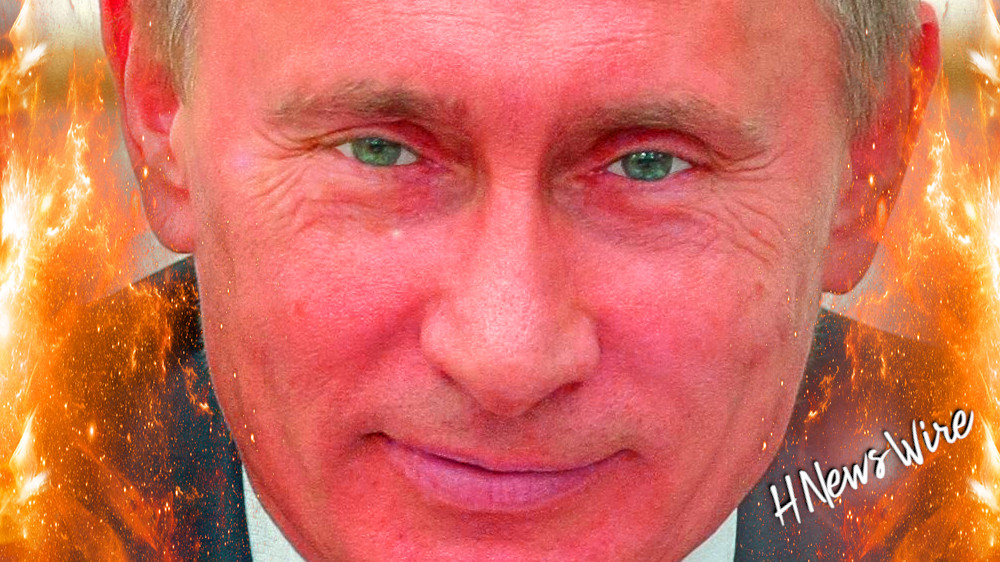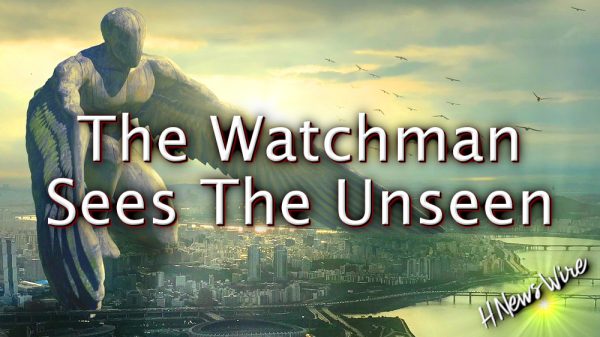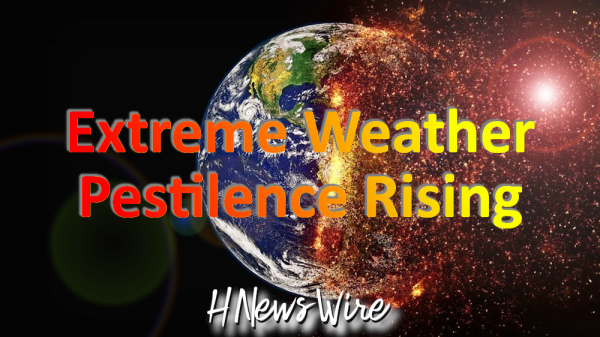Update: The Plandenic is Going to Get Dangerous: Food Riots in Sri Lanka Turn Deadly as Protesters Beat up Police, Burn Down Politicians’ Houses; Deadly Protests Spread In Iran, America Will See Bloodshed in the Streets Over Lack of Food; Google Knows the Truth, Ask That Demonic Platform, Don’t Expect The Truth!

HNewsWire:
Massive public demonstrations have erupted in Iran since last week, as inflation and the crisis in Ukraine have caused flour-based food staples to rise by up to 300 percent – all while the government has slashed food subsidies.
Facing skyrocketing costs and an economy already battered by years of US sanctions dating back to the Trump administration's withdrawal from the JCPOA nuclear accord, the central government has few choices for providing assistance to the public, given that assets overseas remain restricted.
Prior protest illustration: AP
Demonstrators have been enraged by rising food costs and a shortage of critical supplies such as medications, resulting in conflicts with police who have used riot control techniques.
According to the most recent sources, "According to unconfirmed social media video obtained by Reuters, at least six people were murdered and others were wounded in recent days. There has been no official response to the dead toll." However, it has been difficult to validate these widely circulated stories.
According to Reuters "On Thursday, images uploaded on social media showed riot police firing live bullets at protestors in places like Farsan in central Iran. Security officers used tear gas and clubs to disperse demonstrators in Shahr-e Kord and Hafshejan."
In several regions, occasional internet outages have been reported in recent days, as part of the central government's strategy to prevent large-scale public gatherings from taking place.
"Iranian authorities have also blamed the price increases on the smuggling of substantially subsidized wheat into neighboring Iraq and Afghanistan," The Guardian said of recent mass protests.
Last Sunday, there were apparently protests in 40 cities and towns, mostly in the south and southwest, with a few places in the north. According to a Friday report in Middle East Monitor, they had expanded to or near the capital of Tehran.
Protests against the government in Iran have extended to at least six provinces, including the capital, Tehran, as a result of increased food prices.
Iranian President Ebrahim Raisi authorized subsidy cuts earlier this month in an effort to alleviate the effect of increasing global wheat prices and US sanctions on the Iranian economy.
Other nations in the area, notably Lebanon and Syria, have seen people's access to inexpensive food and essential necessities deteriorate. Supply disruptions from both Ukraine and Russia are projected to have the greatest impact on populations in the Middle East and North Africa. Particularly in war-torn areas According to the International Grains Council, Ukraine was the fourth-largest exporter of maize (corn) and the sixth-largest exporter of wheat in the 2020/21 season.
There were 6 million tons of wheat and 15 million tons of maize ready for shipment prior to the Russian invasion. Farmers in the country's main growing regions, such as Kherson and Zaporizhzhia, have paused sowing operations due to a lack of agricultural equipment, a scarcity of petrol, fertilizer, and seed, as well as interruptions created by the fighting.



HNewsWire:
First Arab Spring 2.0 protests began two months ago when Iraqis went to the streets to express their displeasure with rising food, energy, and other commodities costs. In the meanwhile, food costs have soared to new record highs, well above the levels that brought down most MENA political regimes in 2011 when protests over, you guessed it, food prices swept throughout the region (not without some CIA backing).
As food prices continue to rise, the number of demonstrations in impoverished countries is increasing, and on Thursday, at least 22 people were arrested in Iran when the government withdrew subsidies for food, causing food prices to skyrocket, Fox News reported.
Protesters in the southern region of Khuzestan have been seen marching through Dezful and Mahshahr, yelling "Death to Khamenei!" Raisi is the Iranian president who has pledged to generate employment, relieve sanctions, and save the economy, and the chant "Death to Raisi!" alludes to his demise.
Opposition organization the National Council of Resistance of Iran has covered the demonstrations, while Iranian official media has not. Protesters set fire to a Basij military post in Jooneghan, a city in the Central District of Jooneghan County, according to footage provided by the NCRI.
"We witness these kinds of demonstrations in Iran on a regular basis."
As the protests go on, they're based on a variety of issues—the price of eggs, for example, or the price of petrol or bread. However, the message is always the same: they're denouncing a ruthless dictatorship "The Foreign Desk's editor-in-chief and Iran specialist, Lisa Daftari, issued a statement.
In addition, the fact that these demonstrations are no longer limited to Tehran and other major regions shows that they are becoming more widespread. Protests are taking place throughout Iran, in both urban and rural regions, and among the country's enormous and varied population."
Protesters in Sri Lanka have set fire to the houses of 38 lawmakers as the crisis-hit nation descends into more anarchy, with the government ordering forces to "kill on sight." Daftari is correct, and not only regarding Iran (and Iraq).
Additional 75 houses have been damaged as Sri Lankans continue to break a countrywide curfew in a protest against what they claim is the government's mismanagement of the country's worst economic crisis since 1948, according to police in the island nation on Tuesday.
After at least nine people were killed in violence since Monday, according to CNN, the Ministry of Defense instructed soldiers to shoot anybody spotted destroying state property or attacking authorities on Tuesday; it is unclear whether all of the fatalities were directly tied to the demonstrations. Injuries total more than 200 persons.
The 22 million-strong country is in the midst of a crippling economic crisis, with food and other essentials costing more than double what they did only a few weeks ago. Many anti-government demonstrators have come to the streets since March, calling for the administration to step down.
When the country's outgoing Prime Minister Mahinda Rajapaksa resigned after violence between pro- and anti-government protestors on Tuesday, the military was sent in to save him. A top security source tells CNN that the military was called in after demonstrators repeatedly attempted to break into the Prime Minister's private house property overnight.
The resignation of Rajapaksa occurred after live television video on Monday showed government supporters assaulting demonstrators with sticks and ripping down and burning their tents at several spots across the city. Witnesses tell CNN that dozens of houses were set on fire around the nation as a result of the unrest.
Video footage shows police using tear gas and water cannons to disperse the protestors, according to the CNN crew on the ground.
Curfews and the resignation of the prime minister haven't done anything to calm the country's escalating unrest.
Many demonstrators claim they want to push Prime Minister Rajapaksa's brother, President Gotabaya Rajapaksa, to resign, although he has showed no signs of doing so.
Because of this, Goldman Sachs recently published Q&A on global food inflation (available to professional subscribers in the usual place), in which the bank examines the consequences of the global food crisis that is only getting worse by the day. The bank's response to these rising food prices is quite deadly and destabilizing, as they tend to affect mostly poor nations, those that have no social safety net. The following are a few excerpts from the Q & A:
Over the last year, our GSCI Agriculture and Livestock index has risen by 17%, and by 75% since the outbreak began (Exhibit 1, LHS). Compared to the recent surge in energy costs, these trends are comparable to those seen in 2008 and 2012, although they are not as dramatic. We've seen a 70% spike in GSCI Energy in the last year, and a 100% increase since the outbreak of the pandemic. The GSCI Agriculture Index has risen by 21% in the past year and by 90% since early 2020, much outpacing the rise in animal commodity prices (Exhibit 1, RHS). Wheat prices have increased significantly during 2020H2 due to adverse weather conditions and rising input costs.
Are food prices going to rise or fall as a result of the conflict in Ukraine?
A. War-related supply interruptions have pushed wheat and oilseed prices higher. b. Wheat prices might jump as much as 15% over the next several months, according to our commodities experts.
Grain and oil seed supplies from Ukraine have been badly affected by the conflict in the area. There has been a 50% decrease in combined dry bulk shipping traffic in Russian and Ukrainian ports since the average for 2021 (Exhibit 2, LHS). Ukrainian spring plantings of maize and sunseed, as well as wheat tillage, are expected to be disrupted by the conflict. Exhibit 2 shows that the CEEMEA nations depend heavily on grain and oilseed imports from Russia and Ukraine, accounting for 13% and 8% of world output, respectively. Wheat and oilseed futures prices have risen by 30 percent and 25 percent since the invasion.
With regards to global food production, Russia has a far larger stake than any other country in the world. This explains why energy costs have usually grown higher than food prices since the invasion.
Contribution of the food and beverage industry to the overall headline
CPI inflation (7.1pp, PPP-weighted average) is the biggest in CEEMEA, followed by Latin America (2.8pp). In EM Asia outside China (2.3 percent), DMs (0.8 percent), and China, the contributions are less (-0.5pp).
It is not unusual for Latin America and EM Asia to have higher food inflation than the rest of the developed world (excluding China). To put things in perspective, this year's food donation of 0.8% is the largest since records began in 1996. (Exhibit 3, LHS).
Turkey and Russia have the highest food contributions (23 and 4 percent, respectively), while China has the lowest (-0.5 percent, respectively) (Exhibit 3, RHS). In Turkey, a rapid currency devaluation, dependency on imports from Russia and Ukraine for grain and oil seed imports, as well as droughts have all contributed to the huge contribution. There was an increased need for stored nonperishable food in Russia due to the recent conflict, which is reflected in the country's huge food donation. Finally, China's food deflation is due to an excess of pigs.
An rise in food prices would certainly put upward pressure on global policy rates, particularly in emerging markets, given the already high levels of inflation and the often less well-anchored inflation expectations. As long as food prices remain low, the effect on the DM's short-term inflation expectations should be minimal.
Credit and foreign exchange markets may be negatively affected by high food inflation in frontier countries that are experiencing substantial declines in their terms of trade. 80 percent of the emerging markets have seen a decline in their "food-only" terms of trade so far this year. Our EM strategists have concluded that Egypt, Ghana, Tunisia, and Morocco's border sovereign credit markets are especially exposed to food inflation shocks based on data on these terms of trade movements, food CPI weights, and fiscal balances. As is the situation in Sri Lanka right now, rising food inflation might be a contributing factor to social unrest in low-income nations.

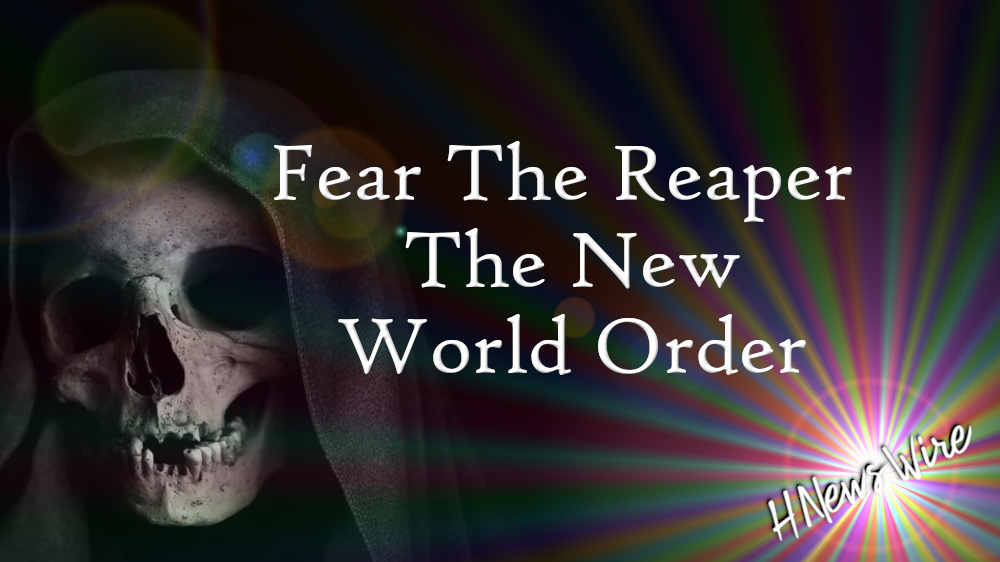
SRH: HNewsWire Warns Of A “Biblical” Surge In Food Prices, In the Bible, Joseph Interpreted Pharaoh’s Dream as Meaning Great Abundance for Seven Years Would Be Followed by an Equal Famine. He Was Then Entrusted With Ensuring Egypt’s Storehouses Were Full of Grain So the Country Could Survive – Which He, and It, did…

Beef in Bulk: Half, Quarter, or Eighth Cow Shipped to Your Door Anywhere within Texas Only
We do not mRNA vaccinate our cattle, nor will we ever!
Grass Fed, Grass Finished Beef!
Here is a discount code for HNewsWire readers to get 20 percent off first order:
HNEWS20
From Our Ranch to Your Table
Will Putin Fulfill Biblical Prophecy and Attack Israel?
Latest News Articles
